Continued from the previous article.
The recent spread of the COVID-19 pandemic has led to the postponement or cancellation of arts markets and festivals across the globe. Under these circumstances, everyone involved in the international performing arts market has become deeply concerned. Nevertheless, the pandemic will certainly reach its end someday and will be remembered as one of the challenges faced by humanity. It is in this context that we edit and provide what was discussed at the PAMS Salon (October 2019) under the theme of the “Transformation and Innovation in the Performing Arts Market,” looking forward to ongoing discussion on the theme.
- Editor’s Note
Date: Oct. 8th (Tue) 13:30~15:00
Venue: IEUM Art Hall at IEUM Center (5th floor)
Cooperation:
TPAM-Performing Arts Meeting in Yokohama
CINARS-Conférences internationale des arts de la scène
Australian Performing Arts Market (APAM)
Moderator: Kyu Choi (Producer, AsiaNow)
Speaker (in alphabetical order):
Gilles Dore (International Development Director, CINARS)
Hiromi Maruoka (Director, TPAM-Performing Arts Meeting in Yokohama)
Naomi Velaphi (Program Producer, Australian Performing Arts Market)
Shin-ah Kim (Director, Performing Arts Division of Korea Arts Management Service)
Rapid growth of highly specialized and segmented international networks and increased exposure of emerging companies through digital media encourage or even require changes in how the preforming arts market could work for a sustainable market and mobility development. In the context of today’s active discussions on the social roles of art for a more inclusive society stressing diversity, could or should the arts market respond to these discussions through its future transformation and innovation?
4) Speaker - Shin-ah Kim (Director, Performing Arts Division of Korea Arts Management Service) :
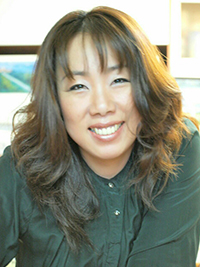 The Performing Arts Market in Seoul was launched in 2005. We had engaged in international exchange before but we had needed a sounder international model. Meanwhile, demand for international exchange had also surged since the 1988 Seoul Olympics. It was in this context that we launched the market. Unlike in the case of CINARS, the term “market” is liked and regarded as positive in Korea. PAMS started in the name of a “market” in an attempt to expand the realm of Korean artists. We then began to invite those in the international performing arts scene who would find Korean performances attractive and to present Korean works in a focused way. The following year, Korea Arts Management Service (KAMS) was founded and became the organizer of PAMS. KAMS is a public institution affiliated to Korea’s Ministry of Culture, Sports and Tourism. A public institution has both limits and possibilities. To be more specific, while it is capable of pursue one big goal along with a great number of long-term projects, it has a limit to adjusting programming on its own. Moreover, the institution’s processes must be transparent and its results, impartial. That is why it has no choice but to organize its programs through an open call. Nevertheless, KAMS’ organization of its programs is based on the principle that it prepares programs by reflecting the chancing environment of the Korean arts scene and international production.
The Performing Arts Market in Seoul was launched in 2005. We had engaged in international exchange before but we had needed a sounder international model. Meanwhile, demand for international exchange had also surged since the 1988 Seoul Olympics. It was in this context that we launched the market. Unlike in the case of CINARS, the term “market” is liked and regarded as positive in Korea. PAMS started in the name of a “market” in an attempt to expand the realm of Korean artists. We then began to invite those in the international performing arts scene who would find Korean performances attractive and to present Korean works in a focused way. The following year, Korea Arts Management Service (KAMS) was founded and became the organizer of PAMS. KAMS is a public institution affiliated to Korea’s Ministry of Culture, Sports and Tourism. A public institution has both limits and possibilities. To be more specific, while it is capable of pursue one big goal along with a great number of long-term projects, it has a limit to adjusting programming on its own. Moreover, the institution’s processes must be transparent and its results, impartial. That is why it has no choice but to organize its programs through an open call. Nevertheless, KAMS’ organization of its programs is based on the principle that it prepares programs by reflecting the chancing environment of the Korean arts scene and international production.
For the past three years, PAMS has gone through quite a few changes. Today, most people get information through YouTube. It is difficult fo find someone who is not a member of Netflix. Under these circumstances, presenting 20 to 30-mintue showcases wouldn’t be the answer. All markets in the world would share the same concern; the number of those who want to sell their works is rising while that of those who bring the works is falling. We felt that there is a limit to our approach of telling our invitees, “Come to Korea, watch performances and invite them.” Consequently, we adopted a new approach of showing Korea’s great potential of production. That is why we started running residencies, supporting production and actively cooperating with those who are willing to discover experimental works. A case in point is Seoul Dance Center. We have cooperated with them for three years, exchanging people and presenting their experimental performances.
We have also expanded the scope of genres. Markets had always prepared programs of classical genres such as dance, the theater and music. On the other hand, genres such as the circus and street arts hadn’t been recognized as mainstream genres in Korea. But the environment is now changing. Although Korea’s circus still lacks its basis, its street performances are gathering momentum. In this context, we closely collaborate with the Seoul Street Arts Creation Center and Seoul Street Arts Festival. We invite delegates with them and we also work together to seek the real expansion of the genre. Such collaboration lets us know promptly how Korea’s performing arts scene is changing every year and which genres are seeing their demand grow. PAMS reflects all these changes.
We have a special program called “Journey to Korean Music” designed to expand our music programs. The program introduces Korean music in cultural contexts and it includes cultural commentaries, tours and listening sessions. We started this program in 2008 and since then, we have invited 163 experts. The number may look small but it is about ten to twenty experts we invite every year. Here is the reason. We keep taking them to different places, starting from downtown Seoul to Korea’s other local cities. During the tour program, we also show them performances at the country’s ancient palaces and outdoor venues, leading them to have an experience that is different from the one in a theater. Indeed, about 67% of participating artists have gone global sucessfully. Nowadays, some overseas festivals are modeled after the format of Journey to Korean Music. We are currently negotiating for the export of the program’s title as a brand. This year, we are planning to go further to collaborate with Korean music platforms that take place during the period same as or similar to that of PAMS. We will gather together artists we have discovered at the Jarasum International Jazz Fesival, Jeonju International Sori Festival and Zandari Festa, with new artists performing every day. We have achieved greater musical diversity. So we are now able to share more performances not only with more experts but also with audiences.
Let me explain KAMS’ “Step by Step” strategy. Our KAMS Connection project consists in conducting research. It could be either exchange-based research done with international partners or experts’ free research. If any project is discovered through such research, we offer three tracks of support including support for development. The Seoul Performing Arts Festival (SPAF) is held during the period that is same as that of PAMS and Journey to Korean Music. SPAF presents both Korean and international performances encompassing music, dance and multidisciplinary arts. These three events serve as a platform.
As the next step, we directly help artists and promoters go global. If an international presenter is willing to invite a Korean performance, we provide part of the airfare and freight charge through our Center Stage Korea project. We have strict criteria for selection. To be eligible, the presenter is required to invite at least two companies. Or, if he or she would like to invite only one company, he or she must plan the company’s tour in several cities or highlight its work by selecting it as an opening or closing performance. The presenter must also accept paying for any local cost and performance fee. Recently, the Center Stage Korea project also discovers other projects. We have also developed a strategic point of presenting Korean dance performances stably for three years at The Place in London, UK, a theater in which dancers are eager to dance. We are consulting with The Place on creating strategic points for genres other than dance.
In addition to these projects, we publish booklets every year. We make booklets promoting Korea’s theater, dance and musicals and distribute them throughout the world every year. We have also reopened our website TheApro officially. The site helps you understand notable Korean artists’ activities as well as Korea’s events and festivals. The site also provides information on Korean performances worth watching. For those of you who are attending this session, regular English newsletters will also be provided.
Lastly, this year’s PAMS will reduce the number of booths while strengthening networking. We have also divided programs into different time frames so that visitors could follow all of them. For this year, Mr. Kyu Choi and other professional producers have prepared a large part of the PAMS Salon. A market cannot make any unilateral decision. A market cannot be the answer to everything. As PAMS is made not only by experts but also by onsite artists, the market will keep changing and developing.
Panel Discussion
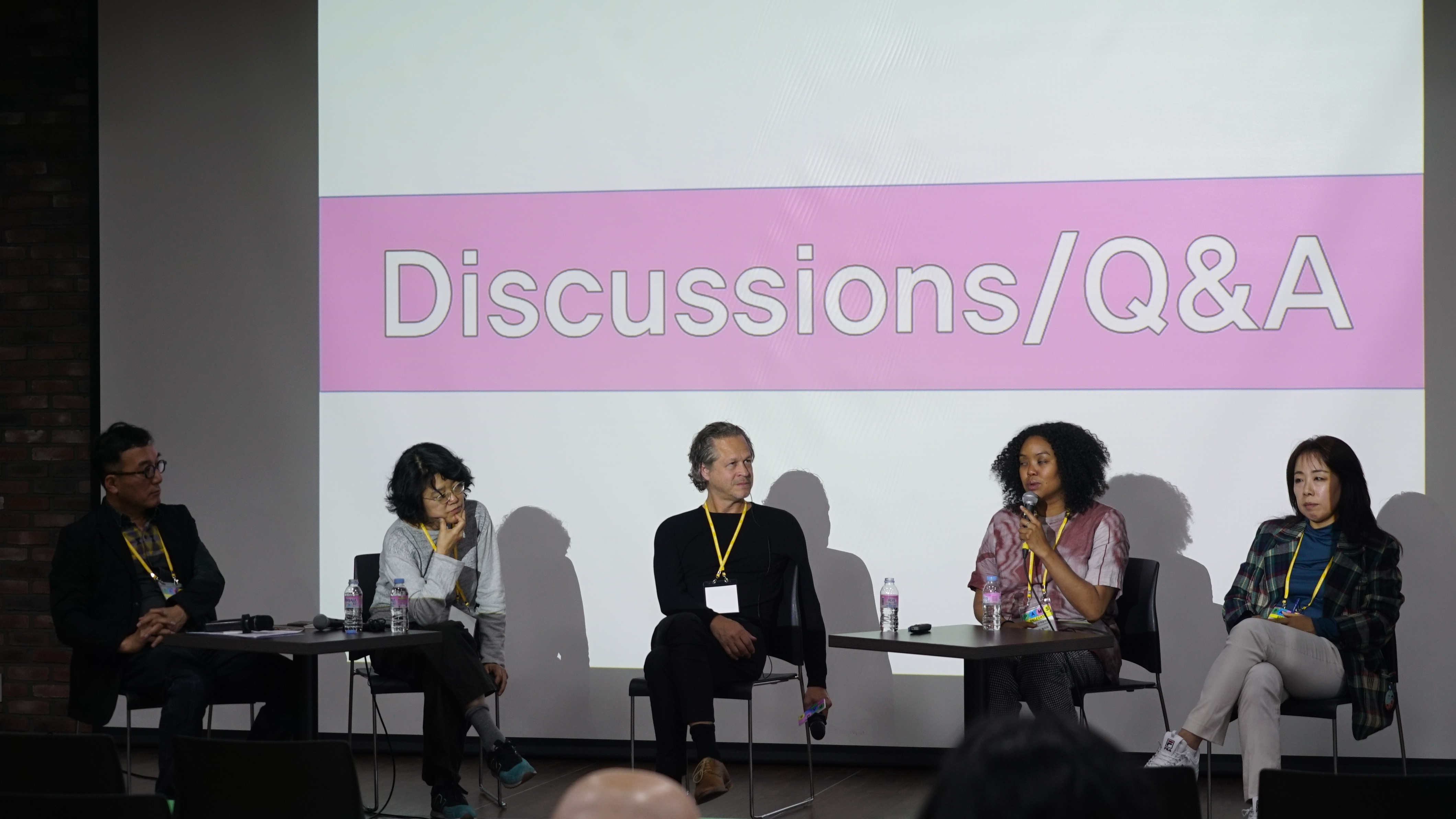
(From left) Kyu Choi (Moderator), Hiromi Maruoka(TPAM), Gilles Dore(CINARS),
Naomi Velaphi(APAM), Shin-ah Kim(KAMS) ⓒKAMS
Kyu Choi (Kyu): Your presentations seem to suggest that each of the platforms is somewhat allergic to the term “market.” In other words, you prefer expressions like “what artists want,” “long-term tour,” “place for presenting performance,” “mutualism” and “building relationships.” On the other hand, you seem to be asking yourselves why we would need to use the term “market.” Would it be because a market reminds you of a concept of buying and selling? To begin with, I would like to ask you how each of your platforms defines the concept of “international development.”
Gilles Dore (Gilles): A word frames our view or perspective. For example, we could say either “I’m an agent” or “I’m the artist’s reprsenative.” In other words, our behavior and attitude change depending on the word we frame ourselves with. Personally, an agent reminds me of someone eager to sell something. I want to continue to suggest artists’ vision rather than selling shows. I’m not doing my work just to sell shows and earn commission. Things have changed.
I also find myself reflecting on what success is and what results are. Everyone wants to participate in festivals, present large-scale performances and achieve success. Why ? These performances are all temporary. But if artists meet their own expectations, they are able to walk through their own path, faithfully and sincerely. We hear different voices all over the world. So we need to approach “international development” in a completely different way. I mean that we should accept a greater variety of voices, perspectives and views. It seems that we have overlooked artists’ views.
Naomi Velaphi (Naomi): It implies “time.” It could be the time needed to achieve what we pursue. It could also be the time needed for artists to get artistic results they want. The term “market” has connotations of trade and rapidness. But in fact, it takes a great amount of time to get results. Artists search for their new family members on international occasions and they enable their works to be produced in the way they want. This doesn’t happen just by meeting someone at a market just once. So the concept of “market,” which means “short-term trade” doesn’t reflect reality.
Kyu: (to Hiromi Maruoka) When you were appointed as the director of TPAM, didn’t you change its name from “market” to “meeting”?
Hiromi Maruoka (Hiromi): Yes, I did. I changed the name in 2011. If we engage in international development in the industrial framework, buying and selling would be the most important issue. But at that time in Japan, international exchange was confined to large-scale productions such as Kabuki. In contrast, young people were interested in European festivals a little more. European festivals were often organized as social activities in public or social contexts rather than in industrial ones. So TPAM also changed its direction to focus more on meetings and exchange of ideas. This has contributed to a better mutual understanding of presenters and artists.
Kyu: KAMS is a public institution. All of its programs may not be market-oriented but the institution still regards the term “market” as important. What is the current state of PAMS?
Shin-ah Kim (Shin-ah): It is true that the term “market” has its own restrictions. Last September, we staged the K-Musical Road Show in Shanghai, presenting Korean musicals. On that occasion, we met a Chinese student who was trying to work on a creative project. The student was going through a challenging period because neither the government nor the private sector gave support. Korea’s situation is different. We are willing to provide better conditions for artists. We listen to them carefully and we are also observing changes in the arts scene. Of course, there are requirements from the government but what is the most important is to satisfy all requirements as much as possible. We are trying to meet the needs of Korean and international artists through markets, festivals and even other events and to offer a better environment. This is a market’s role.
Kyu: Whatever you call your platform, you would all agree that there are different voices as Gilles mentioned. Moreover, it is inevitable for us to accept requirements from as many stakeholders as possible. As Naomi told us, we need to keep developing while responding to today’s issues. Consequently, our roles and functions should also develop together. You could choose the definition of “international development” fit for each platform.
Let me move on to the next question, Who are our stakeholders? When KAMS launched PAMS, its major stakeholders were definitely the government and some companies aspring to go global. As time went by, other factors came in. Not only large and national theater companies but also emerging ones appeared. Genres and fields have also been subdivided. Many other festivals and institutions have been founded as well. Have your platform’s stakeholders changed much compared to the past? How do you define your stakeholders?
Naomi: APAM is one of the programs provided by the Australia Council for the Arts. There are stakeholders we would like to attract. We are currently planning to form the “first nation practice.” In this regard, we need to build capacity. We also need to clarify who our stakeholders are. All platforms seem to have similar types of stakeholders such as presenters, artists, producers and agents. But their nuances may differ from platform to platform. So it would be helpful to understand such nuances.
Shin-ah: So far, PAMS has involved those in the arts scene and government officials within the existing framework of restrictions. We believe that now is the time to share the arts and artistic activities with more people. We could expand the scope of our audience to private businesses and tourists.
Gilles: The arts need funding. It could be in the form of cultural diplomacy, direct support for artists or sponsorship of producers and artists’ representatives for long-term growth. If not, the government could also create a structure of seamless support. International development is not about numbers but it takes time. A platform costs a lot and you want to get results fast. That is why you are often in a hurry. But results don’t come fast. It takes at least three years to get visible results. So there’s no need to rush. You must not be obsessed with getting quantifiable results in the “market.” Instead, you need to support artists. You should also form your ecosystem and embrace a vast scope of players, horizontally. CINARS has seen its impact grow in this way. That is because we have successfully cared about producers. As a community we help each other.
Hiromi: TPAM isn’t very different from PAMS because 80% of its funding comes from the Japan Foundation. When it comes to its stakeholders, TPAM focuses not only on producers but also on arts managers. Arts managers are those who serve as a bridge between audiences and artists. At the regional level, we have recently focused on Asia. Focusing on Asia, we have also met those from other regions working with Asia.
Kyu: Government-affiliated organizations often overlook the platform’s major players and forget about artists, managers and producers. If they want fast results in the market, they tend to miss essential factors.
This is the last question. This year, the theme of the PAMS Salon is “New Reality and Response of the Arts.” In other words, as we run a market or platform, we have responsibility for artists working on issues such as disabilities, refugees, accessibility, diversity and social activities. What is your platform doing to make visible the international exchange of artists working on these issues?
Gilles: We are living in the present. New technology has brought about different voices. These voices are now subdivided in such a detailed manner. We have no choice but to move toward diversity.
Kyu: I don’t mean to criticize PAMS but it would be necessary to ask ourselves if we have presented performances addressing contemporary issues including artists with disabilities, sexual minorities and gender issues and if we have provided equal opportunities. We should also ask ourselves to which degree our platform is open to everyone, as we live in the present. Once again, we need to reflect on who are isolated today, if we are thinking about them and what social reponsiblity the arts must assume.
Hiromi: We need at least to suggest a good model and set an example. It would not be easy for individual projects but platforms could come up with a forward-thinking model. In addition, platforms cannot do everything. Two years ago, most of the showcases presented at the Edinburgh International Festival were about disabilities and the arts scene. I personally found that awkward.
Kyu: Do you mean that it was excessively focused curation?
Naomi: Many people seem to think that the quality of works by artists with disabilities and that of community art are not at the level of large-scale festivals. In fact, the quality of such works is high and they are strong enough. Some platforms start from the simplest things. For example, they take measures to share information with persons with visual and hearing impairments.
Shin-ah: This venue (IEUM Center) is a very special place for persons with disabilities in Korea. It is open to artists with disabilities, organizes festivals and produces numerous works. It addresses a great number of issues in a focused way.
Floor 1: I’m the director of a performing arts market for dance in Germany. As you mentioned, we prefer to be called “one of the world’s largest global dance platforms.” We are considering if we are doing well and what improvements we could make. We are also thinking about if we still need a performing arts market this year and if yes, what ideal vision we need. I have a suggestion rather than a question. Before making a suggestion, I would like to remind you that we are paying sharp attention to how APAM is changing and that we highly praise your great courage and radical changes.
A market with its concept of buying and selling cannot fully embrace the complexity of the arts. Instead, how about discussing the mobility of the performing arts? After all, artists carry out their activities in order to be seen. It would be insulting to reduce a market to a “place of buying and selling.” Industry is defined as a standardized process. It is a process for mass production. The concept of art is the opposite. Art is personalized and in some cases, it is not commercial at all. Art is there to provoke and stimulate society and to return to society. It is not something we produce in great quantities, buy and sell.
Let me add one more thing. It is about booths. Do we really need booths? If yes, how many booths do we need? What role do booths play? Today, nobody walks around to collect hundreds of DVDs and brochures because everything is on the Internet. I do respect the functions of trade fairs but I don’t find such fairs very useful. As someone doing the same work, I was really interested in each presenter’s solutions.
Hiromi: Today, the contemporary arts are facing new challenges and new works can be presented without mobility or international exchange. What do you think?
Floor 1: According to statistics made public by a local area in Germany, a dance performance has four shows on average. Even if a producer makes a performance with a great amount of efforts and money, he or she stages only four shows. This is disastrous to all those who are concerned: artists, stakeholders, sponsors and the producer. It is important for artists to have opportunities to present their works in a variety of places. It is also crucial to stage live performances. That is because if people see artists perform anywhere in the world, they can have many ideas about different cultures and observe how the artists stay focused and meet challenges. Live performances generate values greater than those of videos and YouTube.
Kyu: The time has come to reconsider the terms we use. Expressions like “international relations” and “international mobility development” could mean different things depending on their contexts. But an important message conveyed by this session is the fact that the environment of the contemporary arts is changing. As a result, platforms (or markets) are responding to today’s reality anyhow. If we are to change our existing approaches, how could we cooperate in the future to make better programs and structures? This is to ensure a little more sustainable development and growth. We could form a task force to discuss these matters and to search for the best solutions. Looking forward to such collaboration, I hope you found today’s session meaningful.








 PREV
PREV
.jpg)
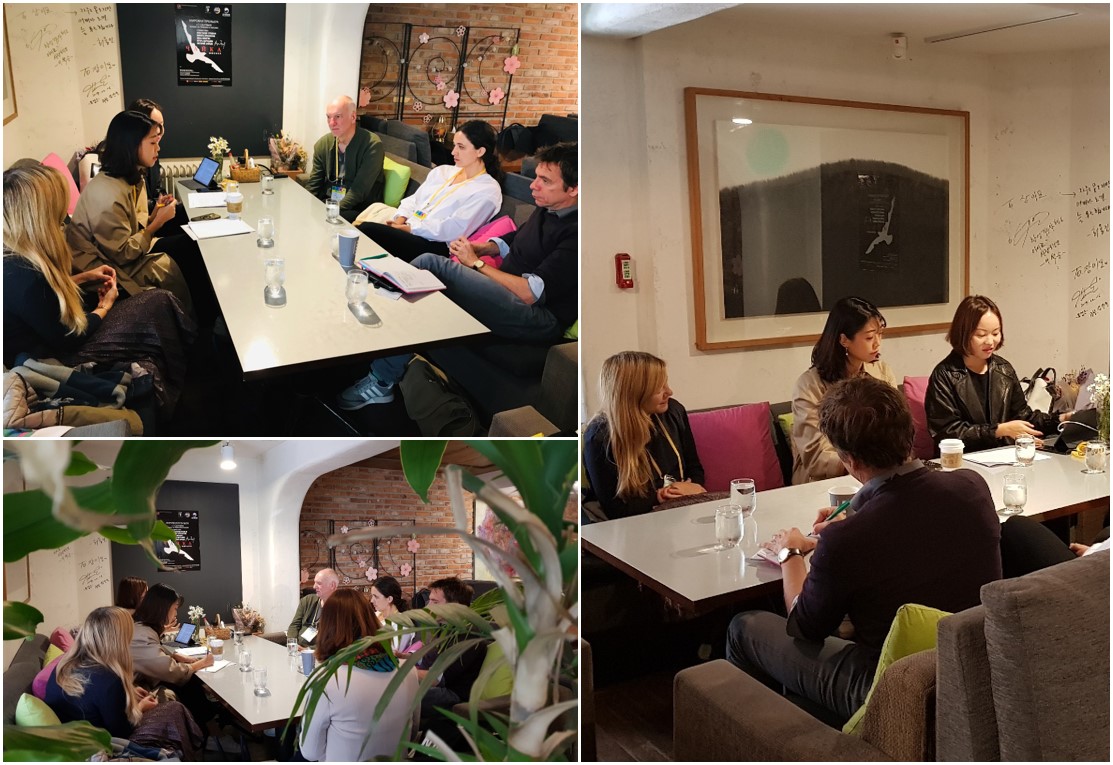
.jpg)
.jpg)
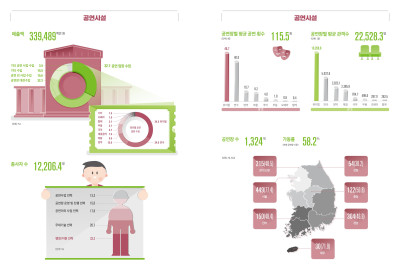
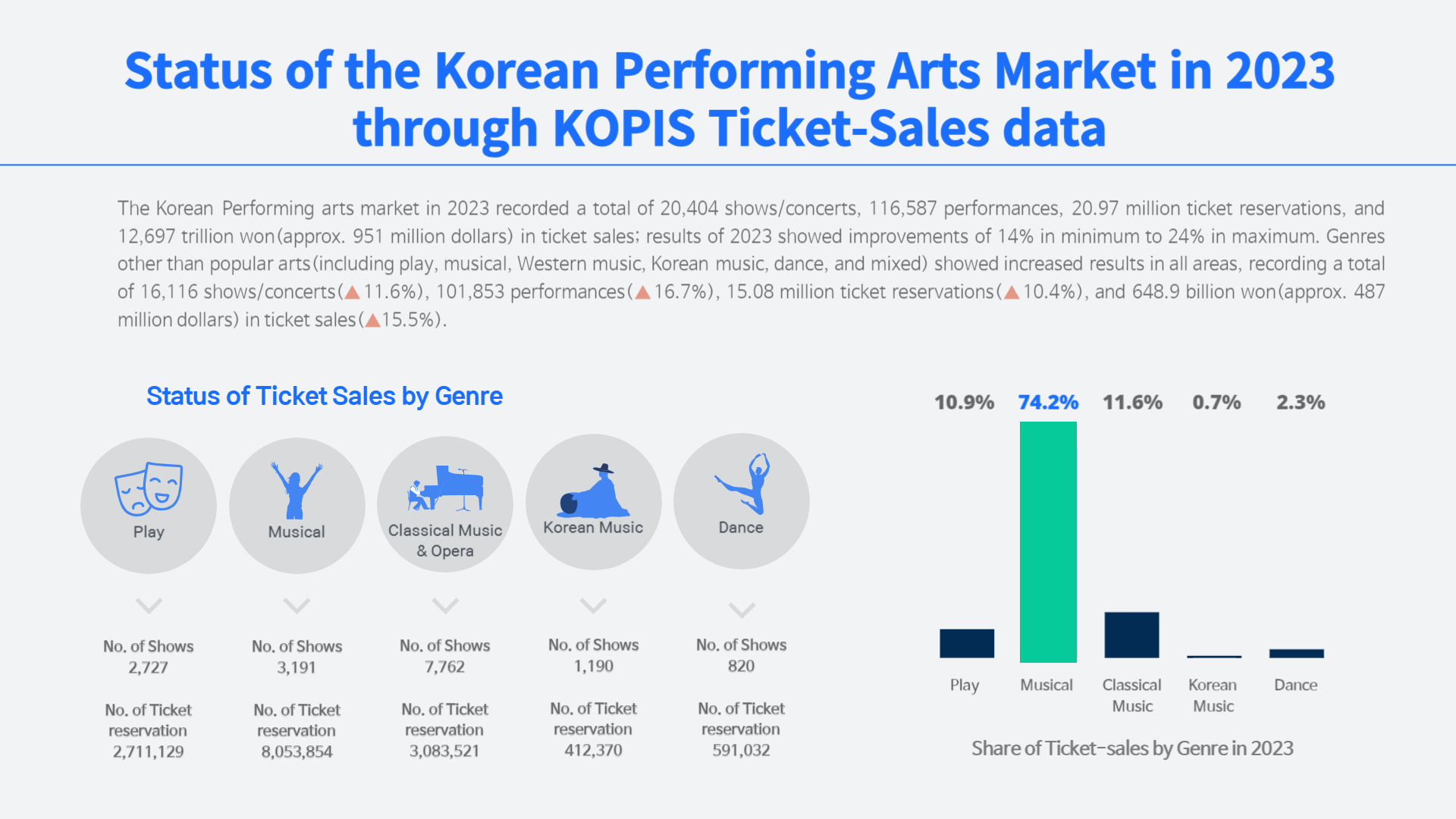
.jpg)
.jpg)
.jpg)
.jpg)











